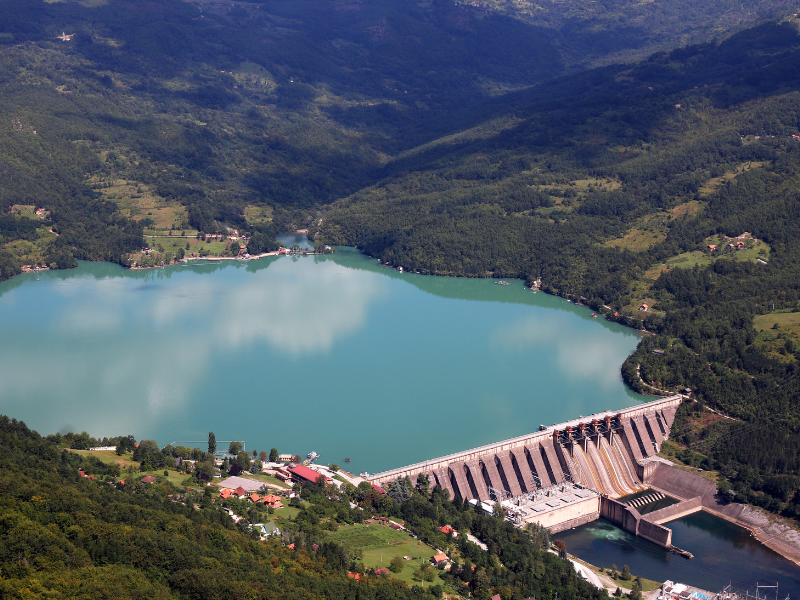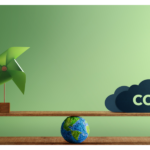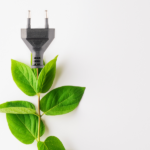The demand for clean and sustainable energy sources has never been more urgent. As the effects of climate change become increasingly prevalent, the need to transition from fossil fuels to renewable energy has become paramount. One of the most reliable and environmentally friendly sources of renewable energy is hydroelectric power.
In this article, we will delve into the world of hydroelectric power providers, exploring their role in harnessing the power of water to generate electricity. Join us as we uncover the inner workings of hydroelectric power plants, the benefits they offer, and the key players in the industry.
Meeting the Demand for Sustainable Energy

The Growing Need for Renewable Energy
In an era of rapid industrialization and increasing global energy consumption, meeting the demand for sustainable energy has become a pressing concern. Traditional energy sources, such as coal and oil, are not only finite but also contribute to air pollution and greenhouse gas emissions. To combat these issues, governments and organizations worldwide are now turning to renewable energy sources, such as hydroelectric power.
Renewable Energy: The Way Forward
Renewable energy sources offer a sustainable alternative to fossil fuels. They have the potential to significantly reduce greenhouse gas emissions, curb climate change, and foster a greener and healthier planet. Among these renewable options, hydroelectric power stands out as a reliable and efficient solution, providing a substantial portion of the world’s electricity.
How Hydroelectric Power Works

Understanding the Basics of Hydroelectric Power
Hydroelectric power is generated by harnessing the energy of flowing or falling water. This process involves the construction of large dams across rivers, creating reservoirs where water is stored. When released from the reservoir, the force of the water spins turbines, which are connected to generators to produce electricity.
The Role of Dams in Hydroelectric Power Generation
Dams play a crucial role in hydroelectric power generation. By impounding water and controlling its release, dams ensure a consistent and reliable supply of energy. The height of the dam and the volume of water it can store determine the potential energy that can be harnessed. This energy is then converted into electrical energy through turbines.
Understanding Turbines and Generators
Turbines are key components of hydroelectric power plants. They are responsible for converting the kinetic energy of moving water into mechanical energy by rotating. This rotational motion is then transferred to generators, which convert the mechanical energy into electrical energy. Hydroelectric power providers employ various types of turbines, such as Francis, Kaplan, and Pelton turbines, based on the specific characteristics of the water source.
Benefits of Hydroelectric Power
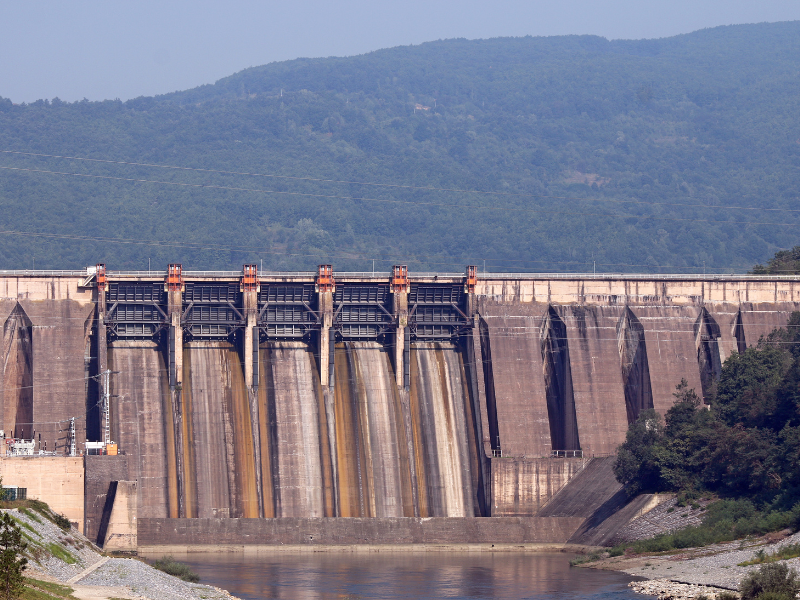
Clean and Renewable Energy Source
One of the primary advantages of hydroelectric power is its cleanliness and renewability. Unlike fossil fuels, which emit harmful pollutants when burned, hydroelectric power production does not result in air pollution or greenhouse gas emissions. Furthermore, as water is an abundant resource on our planet, hydroelectric power can be continuously generated without depleting finite resources.
Reliable and Consistent Energy Supply
Hydroelectric power provides a steady and reliable energy supply, as it is unaffected by weather conditions or natural fluctuations in resource availability. Once a dam is constructed and a reservoir is filled, hydroelectric power plants can generate electricity consistently, offering a dependable power source to meet the demands of communities and industries.
Versatility and Flexibility
Hydroelectric power plants offer versatility and flexibility in meeting energy needs. They can be designed to accommodate various scales, from small-scale installations powering rural communities to large-scale plants supplying electricity to entire cities. Additionally, hydroelectric power plants can quickly respond to changes in electricity demand, adjusting the release of water from reservoirs to match the required output.
Key Players in Hydroelectric Power Provision
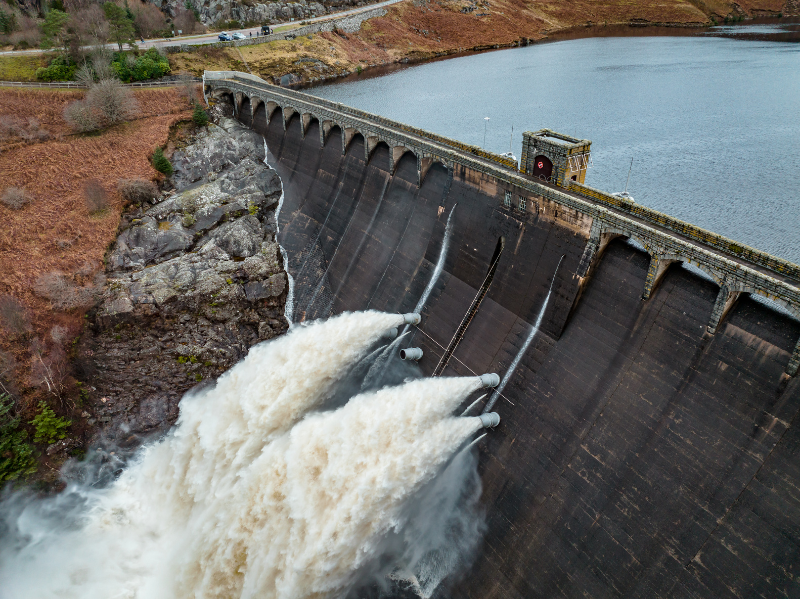
Government-Owned Hydroelectric Power Companies
Government-owned hydroelectric power companies play a significant role in the provision of hydroelectric power. These entities, often state or national in scope, own and operate hydroelectric power plants, ensuring the production and distribution of electricity to consumers. These companies often work in conjunction with private sector partners to maintain and expand hydroelectric power infrastructure.
Private Hydroelectric Power Providers
Private hydroelectric power providers also play a vital role in the industry. These companies invest in the construction and operation of hydroelectric power plants, leveraging their expertise and resources to produce clean and renewable energy. Working in partnership with governments and communities, private hydroelectric power providers contribute to the diversification of the energy sector and the transition towards sustainability.
International Cooperation in Hydroelectric Power Provision
Hydroelectric power provision is not limited to national boundaries. International cooperation plays a vital role in the development and sharing of hydroelectric power resources. Through collaborations, countries can jointly develop transboundary rivers, enhancing their capacity for hydroelectric power generation. Such partnerships contribute to the equitable access to renewable energy and foster regional cooperation.
FAQs
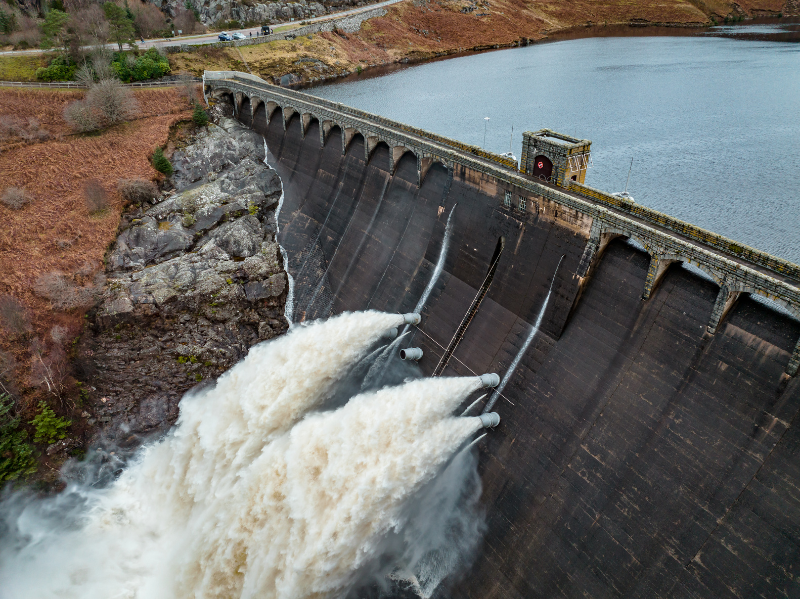
What are the environmental impacts of hydroelectric power?
A: While hydroelectric power is considered a clean energy source, it does have some environmental impacts. The construction of dams can have adverse effects on aquatic ecosystems by altering natural river flow and disrupting fish migration patterns. Additionally, the reservoirs created by dams can result in the displacement of communities and the loss of land. However, modern hydroelectric power plants are designed with mitigation measures to minimize these impacts.
Is hydroelectric power expensive to generate?
A: The initial cost of constructing a hydroelectric power plant can be significant due to the infrastructure required, such as dams and turbines. However, once the plant is operational, the ongoing costs of generating hydroelectric power are relatively low. Unlike fossil fuel-based power plants that require continuous fuel procurement, hydroelectric power relies on the natural flow of water, making it a cost-effective option in the long run.
Can hydroelectric power plants be used in all locations?
A: Hydroelectric power plants require specific geographical conditions to be viable. They typically rely on the presence of a reliable water source, such as a river with a sufficient flow rate. Additionally, the topography of the land must be suitable for the construction of dams and reservoirs. Therefore, while hydroelectric power has great potential, not all locations are suitable for its implementation.
Are there any alternatives to hydroelectric power?
A: Yes, several alternatives to hydroelectric power exist. These include solar power, wind power, geothermal energy, and tidal power. Each of these sources has its own advantages and limitations, and their suitability depends on factors such as geographical location and resource availability.
Conclusion
Hydroelectric power providers are at the forefront of the global shift towards sustainable energy generation. By harnessing the power of water, these companies play a critical role in providing clean, renewable, and reliable electricity. With their expertise and commitment to environmental stewardship, hydroelectric power providers are paving the way for a greener and more sustainable future.
From small-scale installations to large dams, hydroelectric power offers immense potential in meeting the world’s energy needs while reducing our carbon footprint. Let us embrace this remarkable technology and support the efforts of hydroelectric power providers in creating a brighter and cleaner tomorrow.
